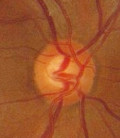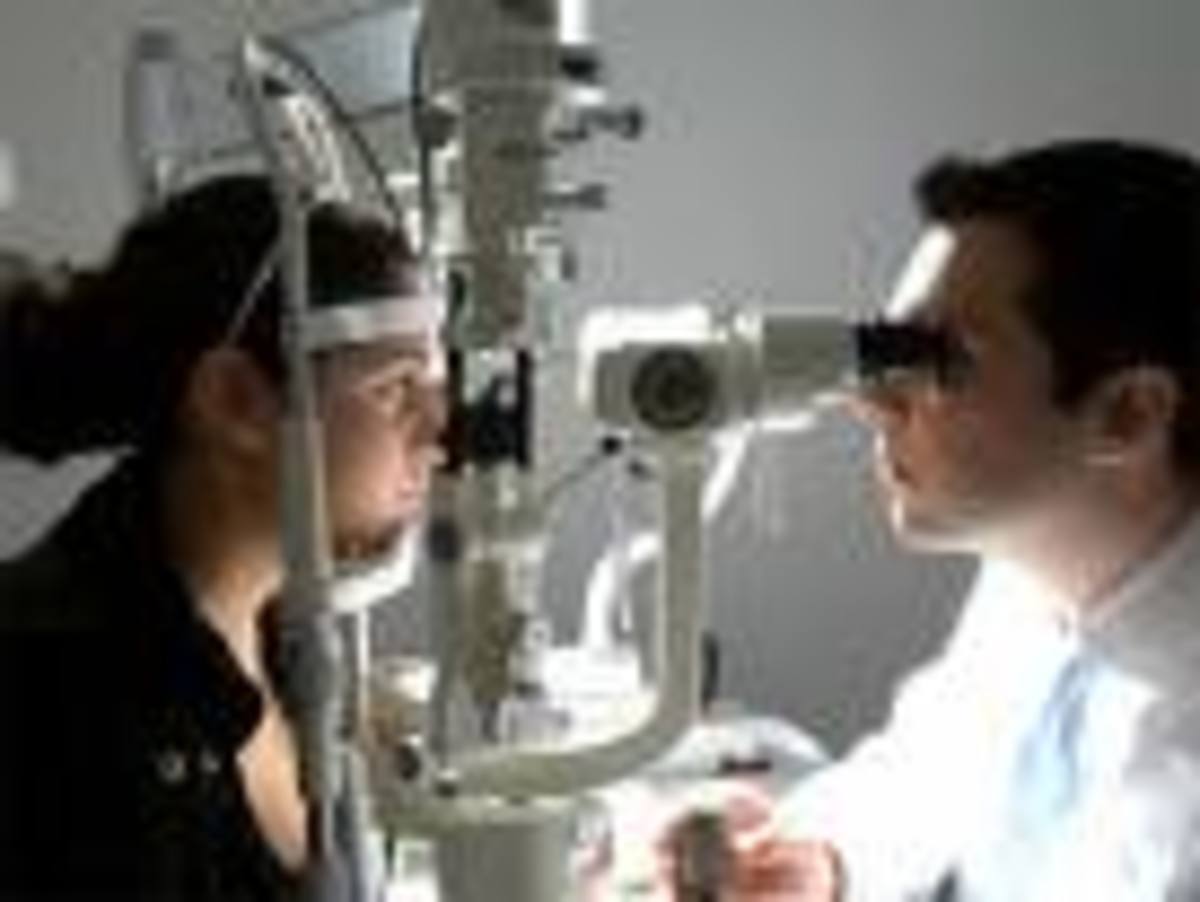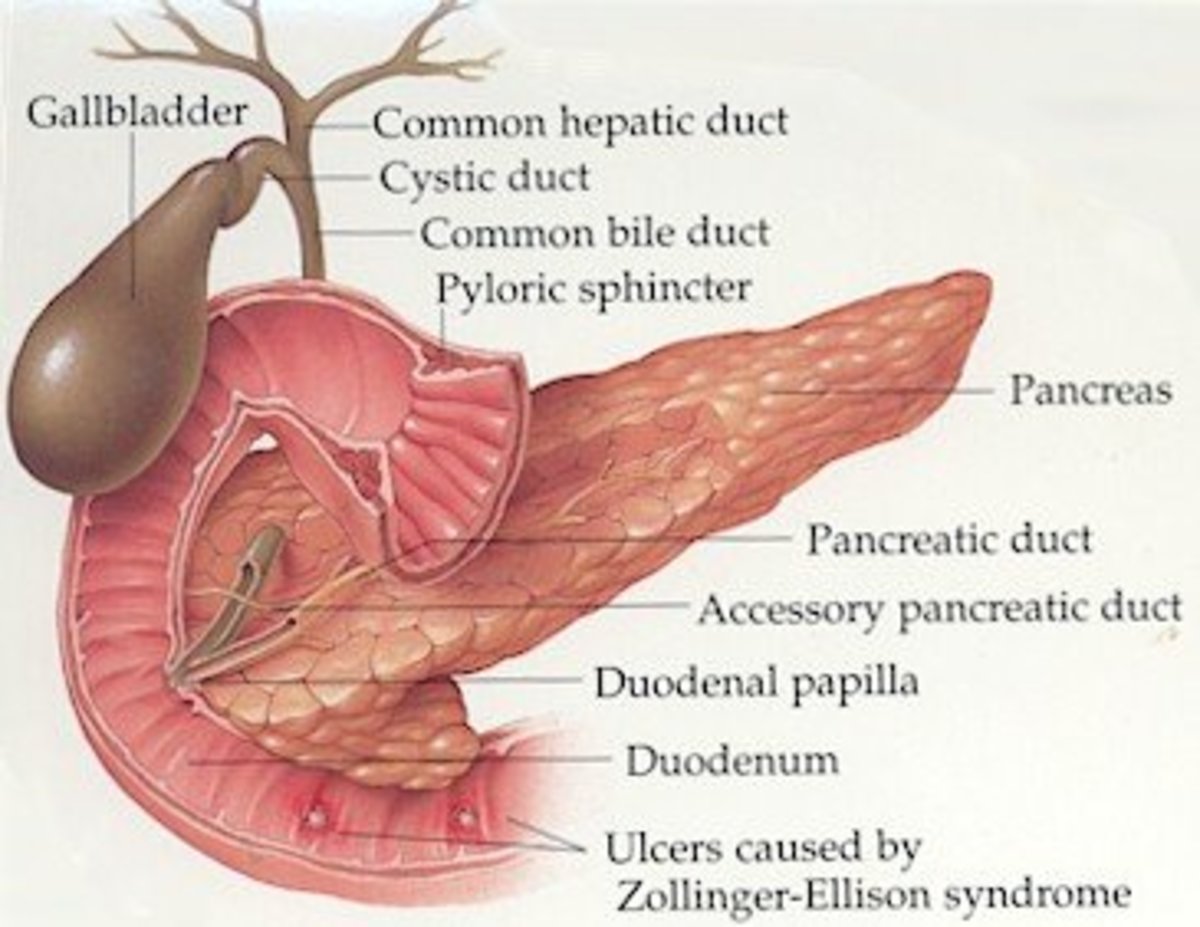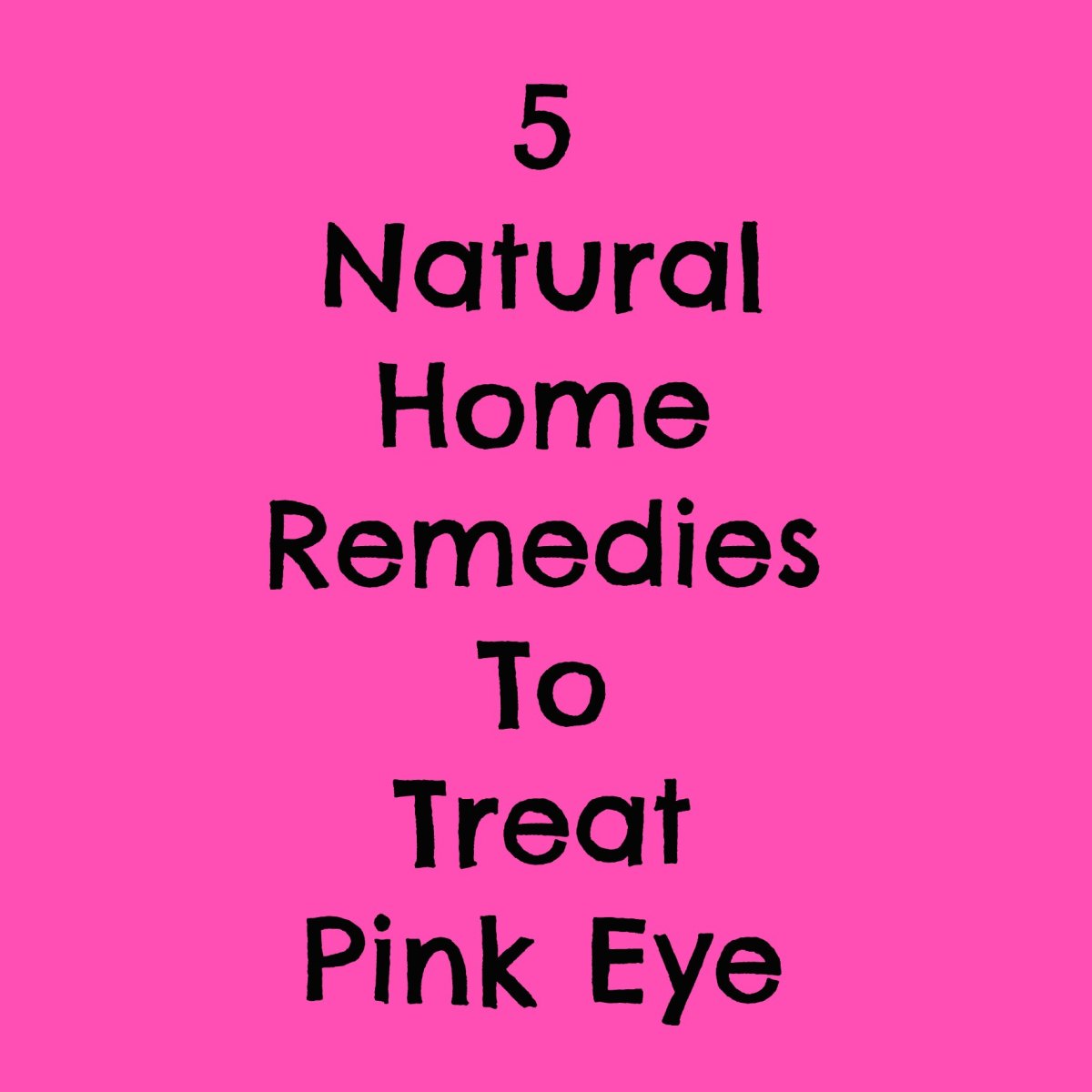Angle-Closure Glaucoma
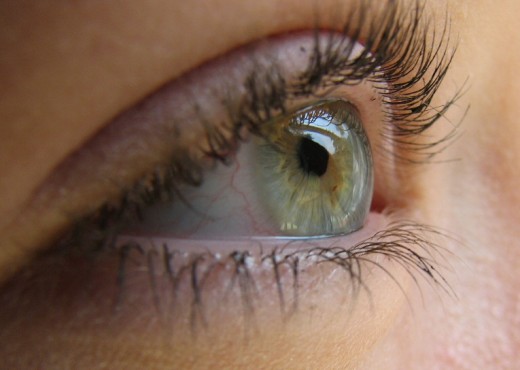
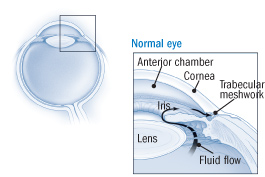
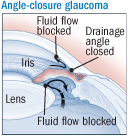
Glaucoma
Glaucoma is a group of eye diseases that cause vision loss and blindness through damage to the optic nerve. Several factors contribute to its development, but the main culprit is elevated intraocular pressure (IOP), that is, pressure within the eye. Theoretically, glaucoma can be managed and vision loss prevented or minimized with early detection and medical treatment to control intraocular pressure. But the most common form, called open-angle glaucoma, progresses so slowly and subtly that symptoms, such as blind spots and reduced peripheral vision, may go unnoticed until the disease has advanced and vision loss is inevitable.
This discussion will focus on one specific type of glaucoma, referred to as narrow angle-closure glaucoma, caused by the closing down of the angles of the canals where fluid circulates, between the iris and the corea in the eyes. This, in turn, precipitates IOP and leads to damage and possible blindness. Certain individuals have eyes with narrow angles. It is a hereditary condition and affects around 10-15 percent of the population. If a person has narrow angles, it means that the angle between the outer edge of the iris and the cornea is narrower, or more closed, than normal. This can affect fluid flow and, in turn, the IOP in the eyes (see illustration).
Angle-closure glaucoma
People
who are farsighted are at greater risk for this condition because they
tend to
have a shallow anterior canal (the fluid-filled space at the front of
the eye) in their eyes, which narrows the angle between the iris and
cornea. In addition, as a person grows older, their eye lenses become
thicker from front to back. As the lens pushes forward, the angle
between the iris and cornea narrows, and resistance to fluid flow
between the iris and lens increases. If fluid accumulates behind
the iris, the iris may bulge forward and block the eye’s drainage
system or "trabecular meshwork", located at the junction of the outer
iris and the cornea.This, in turn causes IOP to build
up.
In normal eyes, the fluid flows through the pupil to the front of the eye through the trabecular meshwork, But in eyes with narrow angles, the drainage angle where the iris meets the cornea is narrower than normal. This slows or blocks the flow of fluid (aqueous humor) out of the eye. Pressure from the aqueous humor behind the iris forces it against the trabecular meshwork. The fluid then accumulates behind the iris, which in turn pushed the iris forward, closing the drainage angles completely. If this happens, it is referred to as acute closed-angle glaucoma and can result in extreme pain, damage to the optic nerve and/or blindness.
There are rarely any symptoms in the early stages of the disease so regular eye check-ups by qualified professionals are important. Ophthalmologists and optometrists will diagnose glaucoma on the basis of intraocular pressure, visual field results and optic nerve head appearance.
Patients will sometimes notice patchy loss of peripheral vision or reduced contrast sensitivity and these people may benefit from a review by an eye specialist. Symptoms of angle-closure glaucoma can include pain in or behind the eyeball, headache with nausea and vomiting and visual disturbances with halos around lights, but sometimes there are no symptoms
Preventative Measures
There are measures a person with narrow angles can take to make sure their condition does not develop into angle-closure glaucoma. First of all they should see a good Opthamologist on a regular basis, preferably one who specializes in glaucoma. He wont dilate your eyes. Persons with this condition cannot have their eyes dilated, in the doctor's office, or use any medicines or eye drops which would dilate the eyes, for fear of increasing the pressure and having the angles close down completely.
With a series of examinations, the doctor will be a able to determine whether or not pressure is building up in your eyes and just how narrow your angles are. He'll probably want to see you frequently, to determine if and when the pressure fluctuates, or if the angles appear to be getting any narrower. From tracking your condition, he'll be able to tell you at which point surgery is recommended, if at all.
If surgery is reccommended
Narrow angles may be a precursor to angle closure glaucoma, which has a sudden, painful onset or a slow unrelenting downhill course. The best time to prevent the damage that angle closure glaucoma can cause is to treat it with a laser iridotomy before the actual disease sets in. This is preventative medicine at its best.
Although not everyone with narrow angles actually develops glaucoma,
careful evaluation of the angle structure can identify who is at
greatest risk. The angle structure is determined by an examination
called gonioscopy which is performed with a special contact lens called
a gonioprism
All glaucoma surgery procedures (whether laser or non-laser) are designed to accomplish one of two basic results: decrease the production of intraocular fluid (aqueous humor) or increase the outflow (drainage) of this same fluid. Occasionally, a procedure will accomplish both. Currently the goal of glaucoma surgery and other glaucoma treatment is to reduce or stabilize IOP. When this goal is accomplished, damage to ocular structures — especially the optic nerve may be prevented.
No matter the treatment, early diagnosis is the best way to prevent vision loss from glaucoma. See your eye care practitioner routinely for a complete eye examination, including a check of your IOP. People at high risk for glaucoma due to elevated intraocular pressure, family history, ethnic background, age or optic nerve appearance may need more frequent visits to the eye doctor.
*Lazer surgery for closed-angle glaucoma
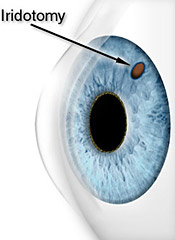
Treatment:
The goal of treatment is to reduce intraocular pressure (IOP) as soon as possible. This can be done with systemic medications taken orally or sometimes given intravenously. Topical glaucoma eye drops are also often used to treat narrow-angle glaucoma. But more frequently, laser and/or non laser glaucoma surgery may be required to reduce the IOP.
Remember that acute angle-closure glaucoma may be triggered by anything dilating the pupil, resulting in the iris blocking the angles. Dim lighting, eye drops administered by your eye care practitioner during an eye examination, or certain medications such as antihistamine/decongestant drops or cold medications may cause an acute angle-closure glaucoma attack.
In acute forms of glaucoma, optic nerve damage and vision loss will occur within hours if the angles of the interior eye structure are not opened to drain fluid and lower IOP.
Iridotomy
An iridotomy is a type of lazer surgey that can be done in the doctor's office. It is painless and only takes a short amount of time. In an iridotomy (*see diagram above), a laser is used to create a hole in the iris to enhance the drainage passages blocked by a portion of the iris. In most cases, the procedure is done on only one eye at a time, with a short waiting period in between. After the procedure, the patient rests the eye, at home for a day or two, using prescribed eyedrops to reduce possible inflamation, infection, and to soothe the eye.
*Note I had two iridotomies last year. I put the surgery off for way too long, because of fear of having surgery on my eyes, lazer or otherwise. I finally succumbed, after repeated urging from my doctors and family. The experience was amazing. It only took a short time and was completely painless. Of course, I've had narrow angles my whole life, having been born with them, and should have done this much sooner. I just found out my daughter has the same condition.


